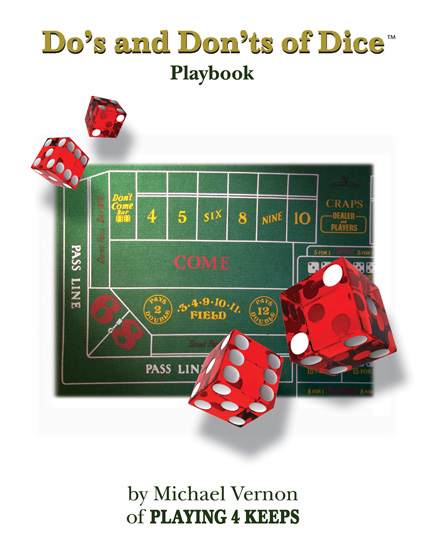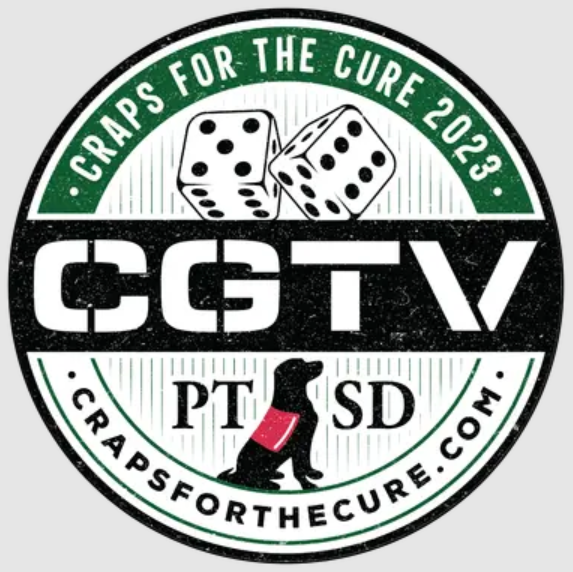|
The Big Easy Part 2
BY: Paul Enockson (Pablo)
A golfer steps up to the tee box, places his ball on a bright red tee, steps back, takes a practice swing and looks down the fairway at the green some 420 yards away. The golfer places the club on the ground behind the ball, takes his stance, grips his club, looks down the fairway, back at his ball, down the fairway again, back at the ball again, brings the club head back, swings down and through the ball and hits the ball down the fairway. The ball soars down the fairway and begins to angle off to the right in a long, long slice.
Across town at the Fairway Lanes a bowler retrieves his ball from the ball rack, steps up onto the lane, positions himself on his favorite spot, sets his grip and the ball in position, looks at the spot he wants to throw the ball over, begins his slow walk to the line and at the same time pushes the ball out letting it fall in an arc behind him, and swings the ball smoothly forward releasing the ball out onto the lane. The ball travels down the lane and slowly curves to the left striking the pins between the 3 and 6 pin and missing the "strike" pocket.
And, out on the Strip a craps shooter is passed the dice. He quickly sets the dice in a 3/2:3/6 set, grips the dice in his favorite grip, adjusts his stance until it feels right, looks down the table at his landing zone, and gently tosses the dice down the table. The dice come to rest as an easy, 4 showing a 1 and a 3.
In all three cases the results are not what the golfer, bowler or dice player wanted. In all three cases both body and mind must work together using a club, a ball and a set of dice to achieve a desired result. In all three cases some adjustments must be made to achieve the desired result. And, if adjustments are NOT made, the results of the next shot be it in golf, bowling or craps, will most likely be the same.
Now the golfer and the bowler can seek professional help and can go practice on a golf course or on a bowling alley. In The Big Easy I jokingly asked the crew one morning if I could have a few practice throws. They said I could on an unused table with my own dice. I wondered what they would have done had I sauntered over to an empty table, took out a pair of dice and started practicing? The problems dice setters have is that we do not have readily available help to help us iron out with our problems. Except, we have the Dice Coach (Beau Parker) and a vast number of videos. Books are good, videos are better and personal coaching (Dice Coach) is the best!
In the first two cases above, professional instructors would "fix" the problem(s) slowly and would probably not drastically change everything that was wrong at once. I have ideas on how I would fix the first two problems for the golfer or the bowler and I know the Dice Coach can fix the third!
Before going off to New Orleans I knew that I was going to have a limited bankroll and would have to play cautiously. I had a plan, as I always do for other shooters, but I needed a plan for myself.
I decided that if I concentrated on just a few elements of my dice setting that I could be consistent, and if I could maintain some consistency, I would be successful.
Here's what I did. The first thing I did was to decide on a set that I was going to use exclusively. I settled on the 3/2:3/6 (Flying V) set. Rather than change sets back and forth depending on the number I was shooting, I decided that if I threw a 10 with the flying V set, the chances were that it would come up again with the flying V set. Sort of like the golfer that hits a slice, doesn't change anything, and hits another slice. Until you become proficient enough to realize how the dice are reacting I would just concentrate on one set, a specific grip, a nice smooth delivery and a specific landing zone.
And, if I make the perfect throw, I have a good chance that it will come up with a 6 or an 8, two of my favorite numbers. In reality I wanted my come-out number to be 6 or 8. That way I could place the other number (6 or 8) and use the same set. It also allows me to get the dealers involved early by piggy backing the hard 6 or hard 8. It would also limit my exposure money wise if I wanted to place the sister number.
Setting the dice in the flying V every time should also confuse the casino a bit. If a true dice setter changes his set based on the point why is this guy setting it to the flying V all of the time?
The second thing I wanted to do was settle on no more than two grips that would be comfortable for me. I have tried a number of grips and have not been satisfied with any of them. Prior to going to New Orleans I found two grips that appeared to fill the bill.
The first is the two-finger pincer grip using the thumb and middle finger. I throw the dice from the table top with the thumb and middle finger along the top outside edges. This grip is very comfortable for me and for short distances works very well.
The second grip is also a top grip, called "two-finger front diagonal". It uses two fingers, the thumb and middle finger. I really like this one and I throw it from the table with just a slight forward tilt of the dice on the bottom front edge, the back edge being 1/8 inch off the table.
I also decided that I would only throw from two positions, stick right or stick left. I only deviated from this once and the results were not good.
In actual play I found that the "two-finger front diagonal grip" worked beautifully from stick right (R1) and the two-fingered pincer grip worked best from stick left (L1). When throwing from stick left a backhand toss was more comfortable. This position puts the thumb towards me with a gentle toss to the left.
The tables at Harrah's (in New Orleans) are all 12-foot tables so throwing from either side of the stick is a nice easy toss. I think that in the future I will limit my play to 12-foot tables until I become better at understanding what the dice are doing and how to correct the results.
As I mentioned in Part I, there were between 8 and 10 times where the dice simply hit and stopped. Interestingly enough it happened from both L1 and R1 positions. There were lots of other tosses that would hit and tumble a short distance and stop.
One morning I threw a 4 on the come out, a 3 and a 1. I set the dice in the flying V and proceeded to throw another 3 and a 1 for a winner. Next toss was another 3 and a 1 and a couple of tosses later another one easy 4 (3/1).
I was well pleased with my personal progress on this trip and the new insights. Five days of consistent results proved to me that it was more than a fluke. It wasn't until the last day that I was having a little difficulty with my toss. It was then that I realized I was on a new table (one that I had never played on before) and when I moved my landing zone the consistency returned. So, there are many things we need to remember, and when and how to adjust our dice toss.
Even with the positive results I think the problem still exists for all of us in improving our skills in the absence of training videos and personal assistance from coaches. How does a golfer correct his slice without personal assistance from a recognized coach?
Likewise, how does a dice setter correct his toss when the flying V comes up with combinations of 3 and 1 or a 3 and a 4? It would appear that they (the dice) are staying on axis but one die is rotating more than another. Does it require a tighter grip, a looser grip, more arc or less arc? Is it the landing zone? This is where a coach can be very valuable in determining the problem and what needs to be done in fixing the problems.
In Part III I'll talk about how I play $10 tables with a $100 buy-in and how I qualify random shooters.
Until then remember, any win is better than any loss, any day.
Pablo
Click Here to return to the list of prior articles ...
|
 |










